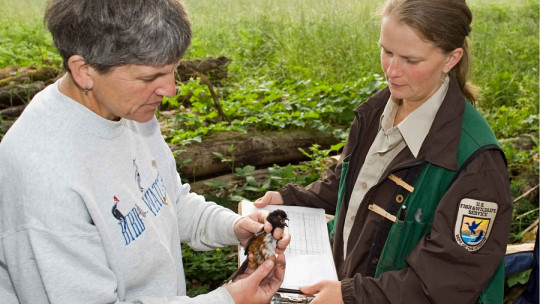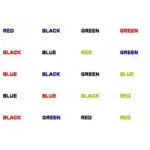
There is a moment in every person’s life when they have to decide what they want to do professionally; To do this you must first find out what you like. The Kuder Vocational Preferences Test It is a test that evaluates these aspects.
This test allows you to guide students and adults who do not know exactly which sector or profession to choose. In this article we will learn about the 10 scales that the test evaluates, as well as its most relevant characteristics.
Kuder Vocational Preferences Test: Features
The Kuder Vocational Preferences Test, also called the Kuder Vocational Preferences Scale, was prepared by G. Frederic Kuder. Frederic Kuder (1903-2000) was a psychologist with a PhD in Psychology, born in Michigan.
He focused on studying, within the field of psychology, people’s interests, and developed four interest inventories that were translated into different languages.
The age of application of the Kuder vocational preferences test is 15 years and older. Its form of administration can be individual or collective, and the duration of its application is approximately 1 hour (although there is no time limit).
On the other hand, the Kuder vocational preferences test consists of a cognitive, standardized and objective type test.
What does it evaluate?
The objective of the Kuder vocational preferences test is to know the general areas where the individual’s interests and preferences are located with respect to your professional calling.
The test evaluates different aspects, grouped into 10 areas or fields of preferences (the 10 Kuder scales):
1. Outdoor work
High scores on this scale indicate that the subject He has preferences for spending time in the countryside, the sea, the forests, etc. He likes to grow plants, take care of animals… He guides us to a job like gardening, for example.
These types of subjects would not feel comfortable in a factory, laboratory or office, for example.
2. Mechanical interest
High scores here indicate interest or preference for working with machines and tools as well as to build or fix mechanical objects, electrical appliances, furniture, etc.
3. Interest by calculation
Typical of people who like to work with numbers. Engineers, mathematicians, etc. belong here
4. Scientific interest
Typical of people who like to investigate facts or things, discover their causes and solve problems of different types. They have scientific curiosity. We relate it to professions such as biology, pharmacy, physics, chemistry etc.
5. Persuasive interest
This area is representative of those subjects who they want to deal with people, impose their points of view, persuade, sell a product or service, etc. Typical of commercials, for example.
6. Artistic-plastic interest
People score high on this scale with a taste for manual work, where combinations of colors, materials, shapes and designs can be used. That is, jobs that require a certain creativity.
7. Literary interest
This scale is typical of people who They feel pleasure in reading and/or expressing their ideas orally or in writing. For example editors or writers.
8. Musical interest
Typical of people with a marked taste for playing musical instruments; They usually like to dance, sing, read about music, study the lives of famous composers, attend concerts, etc.
9. Interest in social service
High scores on this scale indicate a interest in serving and accompanying others. It appears, for example, in future doctors, psychologists, social workers, etc.
10. Interest in office work
The last scale of the Kuder Vocational Preferences Test refers to people who like a type of desk job, which requires accuracy and precision.
Verification scale
Furthermore, the test has a Verification Scale (V) that allows you to record carelessness, mistakes and the choice of improbable responses. Your results will indicate whether the test can be considered valid, doubtful or invalid.
The Test Manual provides an extensive list of occupations grouped according to the main area of interest or by pairs of areas; It is an “a priori” list, based on logical or content analysis.
Areas of application
The areas or contexts where the Kuder vocational preferences test is administered are the school environment, to know the professional interests of the students, and the field of human resources (HR), with the same purpose as the previous one, as well as to know the motivation of applicants for different job positions.








